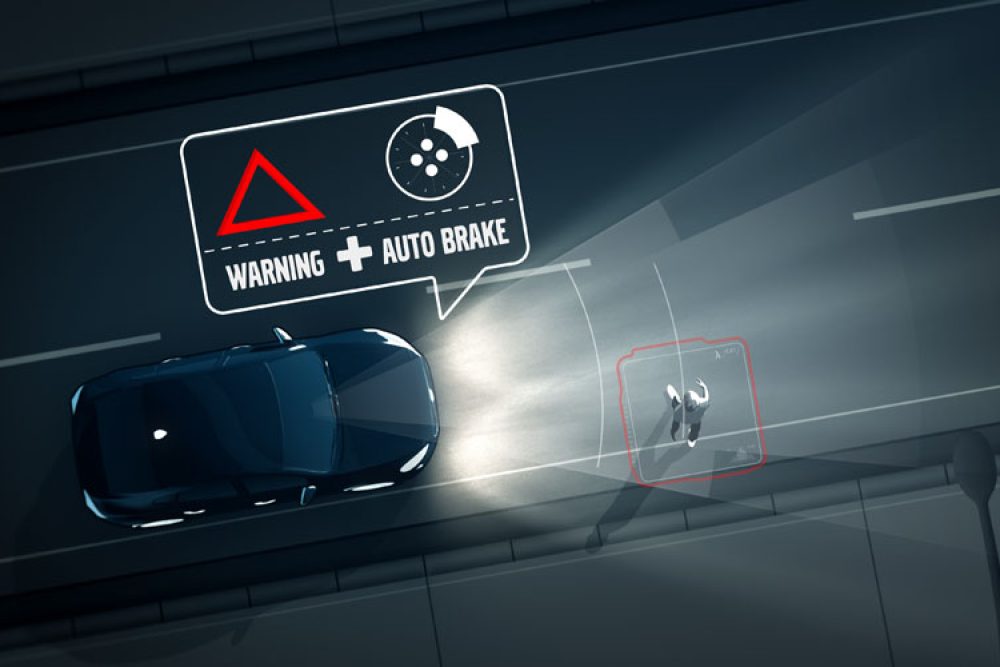The November risk factor
- Serious pedestrian casualty incidents rise from an average low of 397 in August to a peak of 565 in November (2010-2014 data)
- Serious car user casualties also peak in November, averaging 832
- On average there are 2,135 serious casualties on Britain’s roads every November
- Pedestrians account for 26 per cent of serious injuries each November
PEDESTRIANS and drivers are being warned to be extra vigilant this November as deaths and serious injuries for these groups are higher than in any other month – a critical time for SMEs with employees at work behind the wheel.
But help is at hand as Volvo helps SMEs cut road risks of the most dangerous month, both with vehicles armed with the technology to prevent or minimise collisions with other vehicles and pedestrians, and a business support programme called Co-Pilot to maximise company driver safety.
New analysis from Direct Line Car Insurance and PACTS (the Parliamentary Advisory Council for Transport Safety) reveals the average number of reported serious pedestrian casualties rises 42% from a low of 397 in August to a peak of 565 in November.
Pedestrians account for more than one in four serious injuries each November while car occupant casualty rates also peak with an average of 832 serious injuries to drivers and their passengers this month, with an overall average 2,135 people killed or seriously injured on Britain’s roads.
Gus Park, director of motor at Direct Line, said: “November is truly a bleak month for road casualties, with pedestrian and car casualties higher than any other point in the year. Road users need to be especially vigilant as the nights get darker earlier following the clocks change.”
David Davies, executive director of PACTS, added: “ PACTS wants to see our roads and vehicles made safer for all road users so that small errors don’t result in death or life-changing injury. We now have the technology and understanding to do this. We need to get on with it. ”
The cost of a collision
Uninsured losses stack up to an average £22,000 per vehicle, including
- Hire cars;
- Absenteeism and loss of productivity;
- Missed deadlines;
- Legal and administration fees, and
- Damage to brand and reputation.
It is not just the human cost. Businesses are haemorrhaging an estimated £1.2 billion every year through their vehicle fleets due to uninsured losses incurred from accidents involving company cars and drivers.
Uninsured losses stack up to an average £22,000 per vehicle, including hire cars, absenteeism and loss of productivity, missed deadlines, legal and administration fees, and even damage to brand and reputation.
For SMEs wanting to cut their risks and meet their legal obligations, help is at hand from Volvo, which has models fitted with autonomous pedestrian detection and braking systems.
It also has its Co-Pilot support programme to help SMEs get on top of their legal and social obligations and ensure the safety of their fleets and drivers.
Research shows just one in five firms operate a culture of driver safety best practice. A further 22% don’t even have a company driver policy, while a third of fleet managers admit to not having a written risk assessment and more than half fail to check licences against the DVLA database – a serious breach of their duty of care under Health & Safety legislation.
It is part of Volvo Cars UK’s mission that by 2020 nobody shall be injured or killed in a new Volvo – but they don’t just leave it to the cars’ technology. Click to the next page to find out more.







